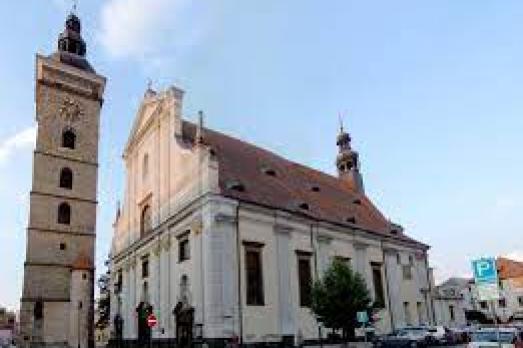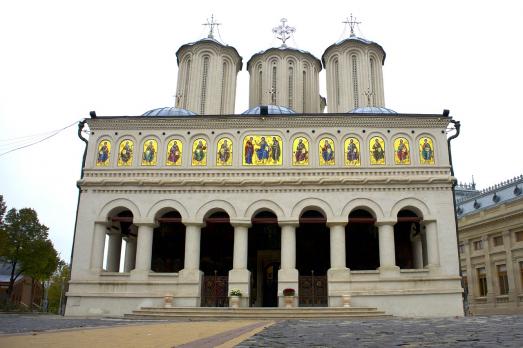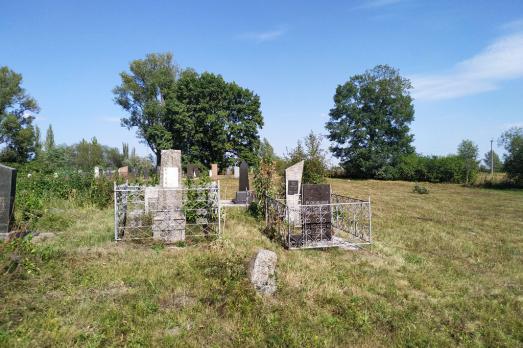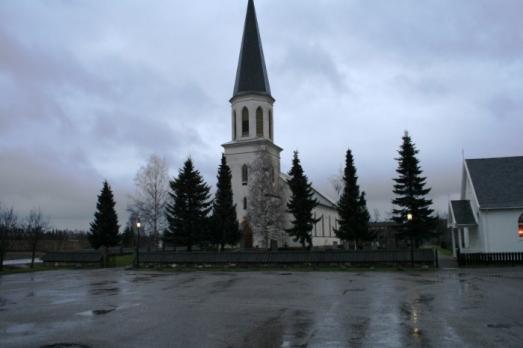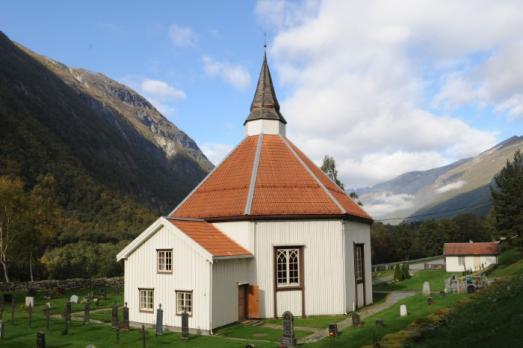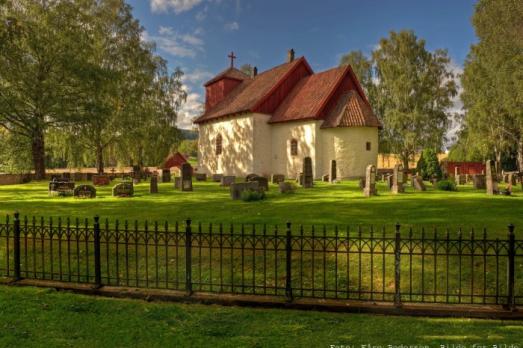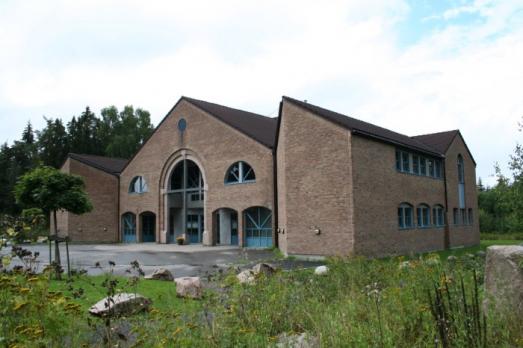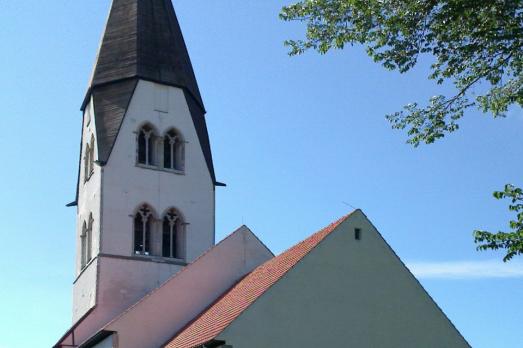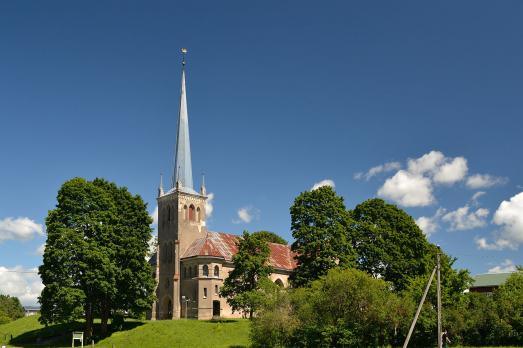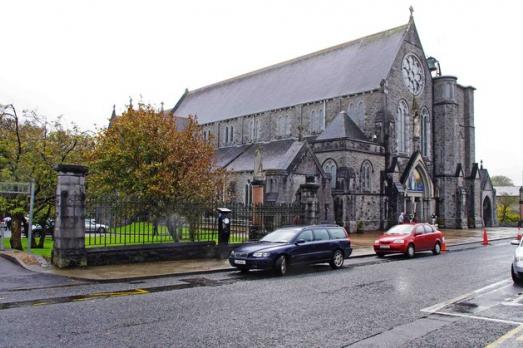
Roman Catholic Church Of The Holy Rosary, Castlebar
Castlebar, IE
At the instigation of Archbishop John McHale, Archbishop of Tuam, a new church was started in 1876, to a design by J.J. O???Callaghan. Much of the funding for the project came from the diaspora in the USA. This church was on a higher site opposite the original church. Progress slowed when the parish priest Canon James Magee died in 1885. His successor, Canon Patrick Lyons, demolished the half-completed church in 1891, much to the consternation of parishioners and donors, and built the present church alongside the old St Mary???s church. The present church, designed by Dublin architect, Walter G. Doolin , was started in 1897 and opened in 1901, dedicated to Our Lady of the Holy Rosary. James Pearse, the English father of Padraig Pearse, made the marble altar, and the stained glass was by Meyer of Munich, Germany. The large, five-lancet window over the altar, features images depicting scenes from the fifteen mysteries of the rosary, and was presented by the Archbishop of Tuam, Dr. John McEvilly.
